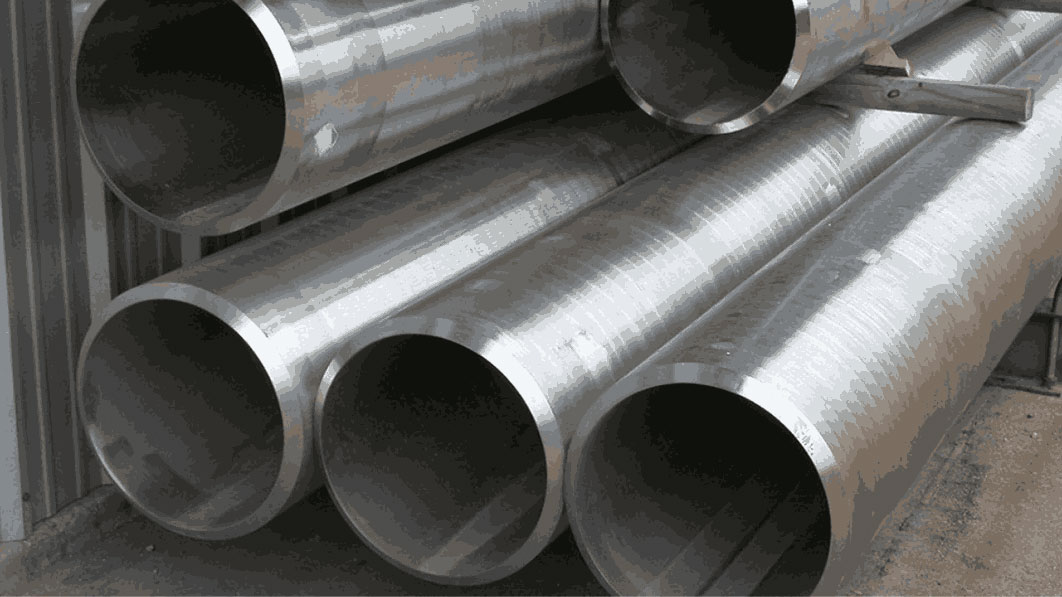Because of its strength, resilience to corrosion, and longevity, stainless steel pipes are utilized in a wide range of applications. The main constituents of stainless steel are iron, chromium (at least 10.5%), and other metals such as nickel, molybdenum, and manganese. The ability of stainless steel to withstand corrosion is due to the presence of chromium.
Pipe Schedule
The thickness of the pipe walls is referred to as the “schedule”. Schedule 5 (thin) to Schedule 160 (thick) are the different pipe schedules. A standard method for defining the wall thickness of pipes is the schedule number.
Schedule 40 Stainless Steel Pipes
Schedule 40 is one of the most common schedules for stainless steel pipes. Here’s what you need to know about them:
Characteristics
- Wall Thickness: Schedule 40 pipes have a moderate wall thickness. The exact thickness varies with the pipe’s nominal size.
- Pressure Rating: These pipes can handle a moderate amount of pressure. The pressure rating varies with the pipe size and the type of stainless steel used.
- Durability: They are durable and can withstand both high and low temperatures, making them suitable for a variety of applications.
Types of Stainless Steel
- 304 Stainless Steel: One of the most common types of stainless steel, known for its good corrosion resistance and formability.
- 316 Stainless Steel: Contains molybdenum, which improves corrosion resistance, especially against chlorides and industrial solvents. It’s often used in marine and chemical environments.
Applications
- Plumbing: Commonly used in residential and commercial plumbing due to their corrosion resistance.
- Industrial: Used in chemical, petrochemical, and pharmaceutical industries where corrosion resistance is crucial.
- Food and Beverage: Employed in processing equipment due to their hygienic properties.
- Construction: Used in structural applications due to their strength and aesthetic appeal.
Advantages
- Corrosion Resistance: Stainless steel’s resistance to rust and corrosion is one of its most significant advantages.
- Strength: Provides a strong and durable solution for high-pressure applications.
- Temperature Resistance: Can withstand a wide range of temperatures without degrading.
- Aesthetic Appeal: The polished finish of stainless steel is often preferred for architectural applications.
Specifications and Standards
- ASTM A312: The standard specification for seamless, welded, and heavily cold worked austenitic stainless steel pipes.
- ASME B36.19M: Covers the dimensions and weight of stainless steel pipes, including Schedule 40.

